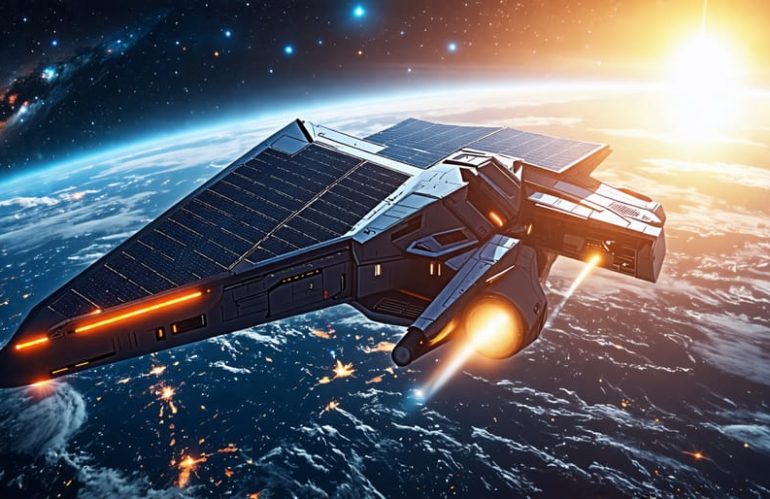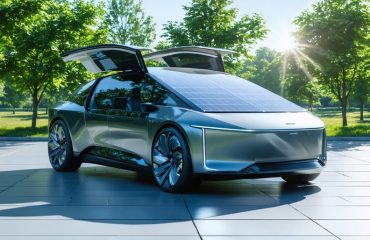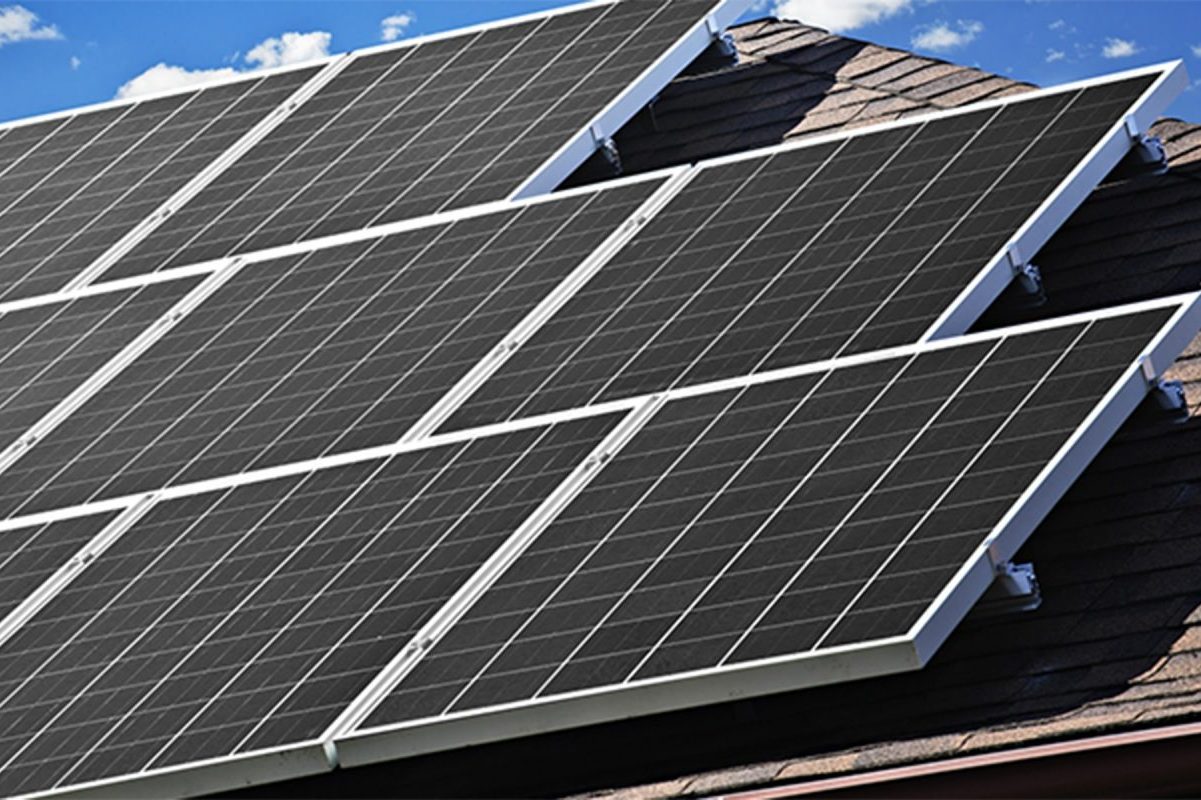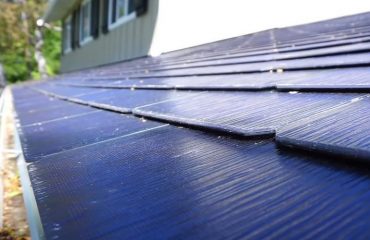Solar panels have revolutionized space exploration, enabling spacecraft to harness the sun’s energy for long-duration missions far from Earth. These specialized photovoltaic cells convert sunlight directly into electricity, providing a reliable and sustainable power source in the harsh environment of space. From the early days of the space race to modern interplanetary probes, solar panels have been the unsung heroes behind some of humanity’s greatest achievements beyond our atmosphere.
With continuous advancements in solar cell efficiency and durability, spacecraft can now venture further into the depths of our solar system than ever before. The future of space exploration is undeniably linked to the development of even more advanced solar technologies that will power the next generation of robotic explorers and human spaceflight missions. As we continue to push the boundaries of what’s possible in space, solar panels will undoubtedly light the way towards new discoveries and a deeper understanding of our universe.
How Solar Panels Work in Space
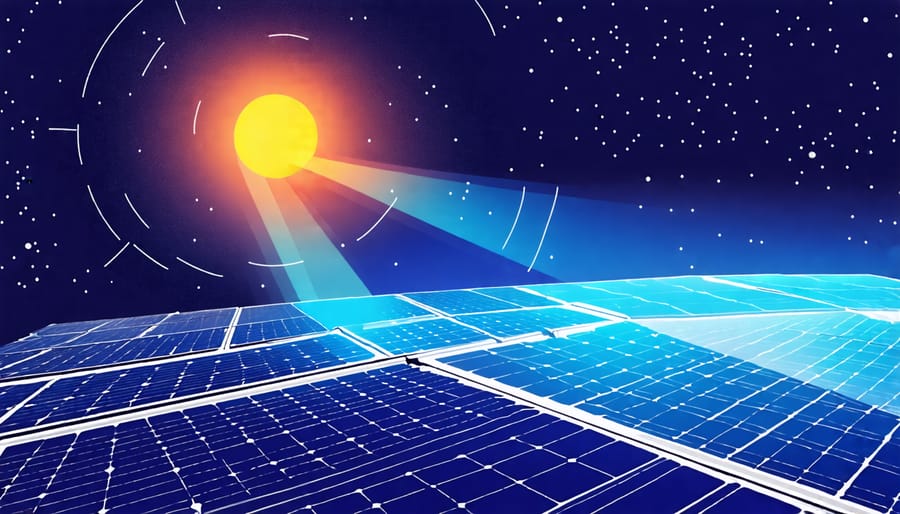
Advantages of Solar Power in Space
Solar power offers numerous advantages for spacecraft, making it the preferred energy source for missions beyond Earth’s atmosphere. One of the most significant benefits is its reliability. Solar panels have no moving parts, reducing the risk of mechanical failure and ensuring a consistent power supply for extended periods. This reliability is crucial for spacecraft that need to function autonomously in the harsh conditions of space.
Another advantage is the long lifespan of solar panels. They are designed to withstand the rigors of space, including extreme temperature fluctuations, radiation, and micrometeoroid impacts. With proper maintenance, solar panels can continue generating power for decades, as demonstrated by the International Space Station, which has been continuously powered by solar energy since its launch.
Moreover, solar panels are lightweight and compact, making them ideal for spacecraft where every kilogram counts. They can be easily integrated into the design of satellites, probes, and rovers without adding significant mass or volume. This allows for more payload capacity and fuel efficiency, extending the reach and capabilities of space missions.
In addition to their physical advantages, solar panels provide a clean and sustainable energy source. Unlike traditional power systems that rely on finite resources, solar energy is abundant and inexhaustible. By harnessing the power of the sun, spacecraft can operate indefinitely without the need for refueling or battery replacements, reducing mission costs and environmental impact.
The voltage solar panels produce is also well-suited for powering various spacecraft systems, from communication and navigation to scientific instruments and propulsion. With advancements in solar cell technology, such as multi-junction cells and concentrator arrays, solar panels can generate increasingly higher power outputs to meet the growing energy demands of future space exploration.
Challenges of the Space Environment
Solar panels designed for spacecraft must endure the harsh conditions of the space environment. In space, temperatures can fluctuate drastically, ranging from extreme cold to intense heat, depending on the spacecraft’s position relative to the sun. Solar panels must be able to withstand these temperature extremes without losing efficiency or suffering damage. Another challenge is the constant bombardment of radiation in space, which can degrade solar cells over time and reduce their power output. Manufacturers must use special materials and shielding to protect the panels from this radiation. Additionally, micrometeoroids pose a threat to solar panels, as these tiny particles can travel at high velocities and cause physical damage upon impact. To mitigate this risk, engineers design solar panels with multiple layers and redundant cells, ensuring that the overall system can continue functioning even if some cells are damaged. Despite these challenges, advanced solar panel technologies have been developed to optimize their performance in space, such as high-efficiency multi-junction cells and innovative materials that can self-heal from radiation damage. By carefully considering factors like the maximum voltage of solar panels and their durability in extreme conditions, spacecraft designers can create robust solar power systems that reliably provide energy for long-duration missions.
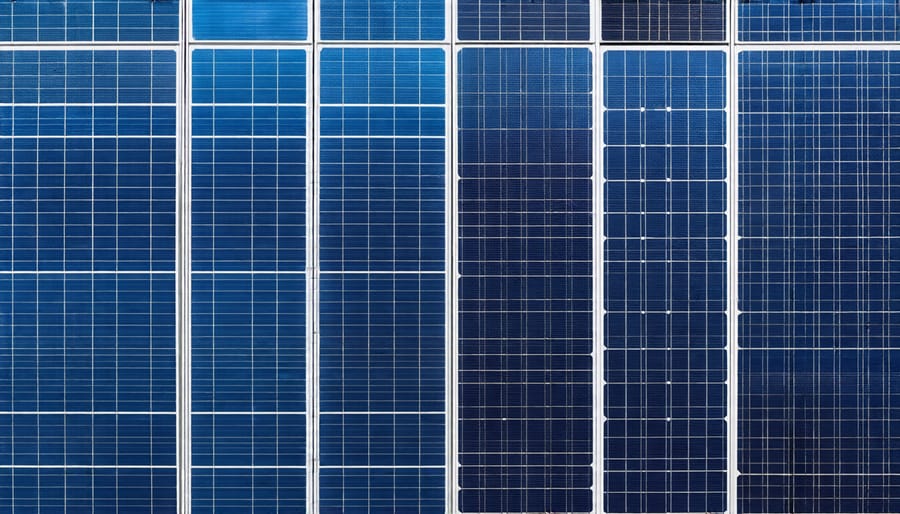
Types of Solar Panels Used in Spacecraft
Silicon Solar Cells
Silicon solar cells, also known as photovoltaic (PV) cells, have been the go-to choice for spacecraft solar panels since the dawn of the space age. These traditional cells are made from silicon, a semiconductor material that converts sunlight directly into electricity through the photovoltaic effect. When light strikes the cell, it excites electrons and generates an electric current. Silicon solar cells are reliable, efficient, and have a proven track record in space applications.
Spacecraft rely on silicon solar panels to provide a stable and consistent power source for their onboard systems, instruments, and communication devices. These cells are typically arranged in large arrays to maximize their energy output. The International Space Station, for example, has eight solar array wings covered with silicon cells, generating up to 120 kilowatts of electricity.
Silicon solar cells have several advantages that make them suitable for space missions. They are lightweight, durable, and can withstand the harsh conditions of space, including extreme temperatures, radiation, and vacuum. Additionally, they have a long lifespan and require minimal maintenance, ensuring a reliable power supply for extended periods.
However, silicon solar cells also have limitations. They are sensitive to radiation damage, which can degrade their performance over time. Moreover, their efficiency is affected by temperature fluctuations, and they require a relatively large surface area to generate sufficient power for spacecraft.
Multi-Junction Solar Cells
Multi-junction solar cells are a cutting-edge technology that has revolutionized solar power for spacecraft. These advanced cells consist of multiple layers, each designed to capture different wavelengths of light, resulting in significantly higher efficiency compared to traditional single-junction cells. By stacking these layers, multi-junction cells can convert a greater portion of the solar spectrum into electricity, making them ideal for the demanding conditions of space missions.
The most common types of multi-junction solar cells used in spacecraft are made from gallium arsenide (GaAs) and gallium indium phosphide (GaInP). These materials have excellent photovoltaic properties and can withstand the harsh radiation and temperature fluctuations encountered in space. The precise layering of these materials allows multi-junction cells to achieve efficiencies exceeding 30%, compared to the 15-20% efficiency of standard silicon solar cells used on Earth.
The higher efficiency of multi-junction solar cells translates to smaller, lighter solar arrays for spacecraft, reducing launch costs and enabling more payload capacity. Additionally, their enhanced performance ensures a reliable power supply for critical systems and instruments, even in the challenging conditions of deep space missions. As solar cell technology continues to advance, researchers are developing even more efficient multi-junction designs, paving the way for future space exploration and pushing the boundaries of what is possible with solar-powered spacecraft.
Thin-Film Solar Cells
Thin-film solar cells are an exciting development in solar technology for spacecraft. These lightweight, flexible solar panels are made by depositing thin layers of photovoltaic materials onto a substrate, resulting in a much thinner and more adaptable panel compared to traditional rigid solar panels. Thin-film solar cells can be made from various materials, such as amorphous silicon, cadmium telluride, or copper indium gallium selenide (CIGS). Their flexibility allows them to be rolled up or folded for easy storage and deployment, making them ideal for space missions where weight and size are critical factors. While thin-film solar cells currently have lower efficiency than their rigid counterparts, they have the potential to significantly reduce the cost and complexity of future spacecraft designs. As research continues to improve their performance and durability, thin-film solar cells may become the go-to choice for powering the next generation of space exploration vehicles. It’s worth noting that this technology is not limited to space applications; thin-film solar cells are also being developed for use in building-integrated photovoltaics (BIPV), such as solar shingles for residential and commercial buildings on Earth.
Notable Spacecraft Powered by Solar Panels
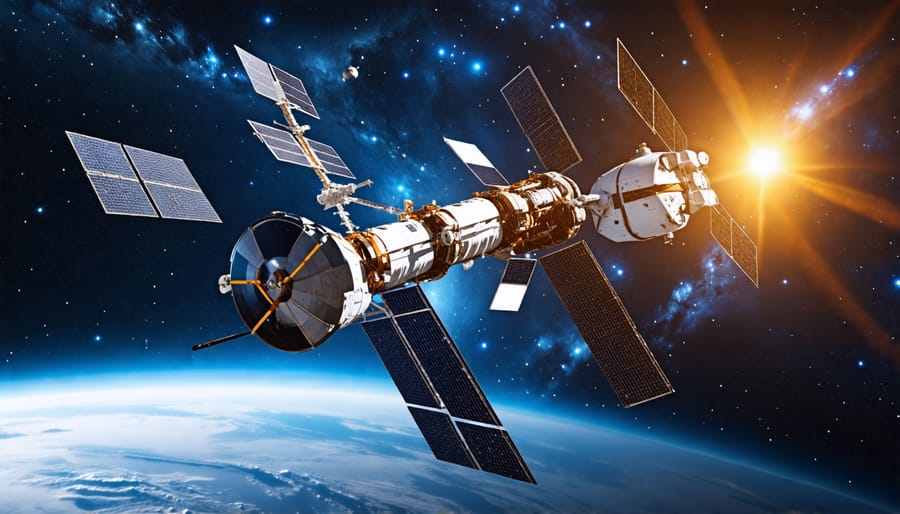
Early Solar-Powered Satellites
The concept of solar-powered satellites dates back to the early days of space exploration. In 1958, the Vanguard 1 satellite became the first to use solar cells, proving their viability as a power source in space. Although the solar cells only powered the satellite’s radio transmitter for a few weeks, this groundbreaking achievement paved the way for future solar-powered spacecraft.
Another pioneering satellite was Nimbus 1, launched in 1964. It was the first Earth-observing satellite to be powered entirely by solar energy. The Nimbus program demonstrated the reliability and efficiency of solar panels in space, as the satellite operated for nearly a month before a technical issue unrelated to its power source ended the mission.
These early successes showcased the potential of solar energy in space and laid the foundation for the widespread use of solar panels on modern spacecraft. The ability to generate power independently from the sun revolutionized space exploration, enabling longer missions and more sophisticated instrumentation. Today, solar panels are an integral component of most satellites and spacecraft, testament to the visionary work of early space pioneers who recognized the immense potential of harnessing the sun’s energy in the final frontier.
Modern Solar-Powered Missions
In recent years, solar-powered spacecraft have achieved remarkable feats in space exploration. The International Space Station, a symbol of international cooperation, relies on an extensive array of solar panels to generate the power needed for its operations and life support systems. NASA’s Mars rovers, including Spirit, Opportunity, and Curiosity, have utilized solar panels to successfully navigate and explore the Red Planet’s surface, sending back invaluable data and images. Solar panels have also been instrumental in powering interplanetary probes like the Juno spacecraft, which studies Jupiter’s composition and magnetic field, and the Parker Solar Probe, which ventures closer to the sun than any previous spacecraft. These missions demonstrate the reliability and efficiency of solar power in the harsh conditions of space, enabling scientists to push the boundaries of our understanding of the universe. As technology continues to advance, solar panels will undoubtedly play an even greater role in future space missions, paving the way for more ambitious explorations and discoveries.
Future Developments in Space Solar Power
As the future of solar power in space unfolds, several exciting developments are on the horizon. One promising concept is the use of concentrated solar power (CSP) systems, which employ mirrors or lenses to focus sunlight onto a small area, generating higher temperatures and more efficient energy conversion. Another emerging technology is the development of flexible, lightweight solar cells that can be easily integrated into spacecraft designs, reducing weight and increasing deployment options. Researchers are also exploring the potential of space-based solar power stations that could capture and transmit energy back to Earth, providing a virtually unlimited clean energy source. Additionally, advancements in energy storage technologies, such as high-capacity batteries and supercapacitors, could enable spacecraft to store excess solar energy for use during periods of darkness or peak demand. As these technologies continue to evolve, they hold the potential to revolutionize not only solar power for spacecraft but also the way we harness and utilize solar energy on Earth.
Conclusion
Solar panels have revolutionized the way we explore space, enabling spacecraft to venture further and longer than ever before. From the earliest days of the space race to the cutting-edge missions of today, solar energy has been a crucial component in powering our quest for knowledge beyond Earth’s atmosphere. As we continue to push the boundaries of space exploration, solar panels will undoubtedly remain a vital technology for future spacecraft.
The development of more efficient, lightweight, and durable solar cells will be key to expanding our reach in the solar system and beyond. With advancements in materials science and manufacturing techniques, we can expect to see solar panels that are even better suited to the harsh conditions of space. These improvements will allow spacecraft to generate more power, operate for longer durations, and take on increasingly ambitious missions.
As we set our sights on distant destinations like Mars and the moons of Jupiter and Saturn, solar energy will continue to play a critical role in powering the spacecraft that will take us there. The success of future missions will depend on our ability to harness the power of the sun effectively and reliably, making solar panels an indispensable technology for the foreseeable future of space exploration.

